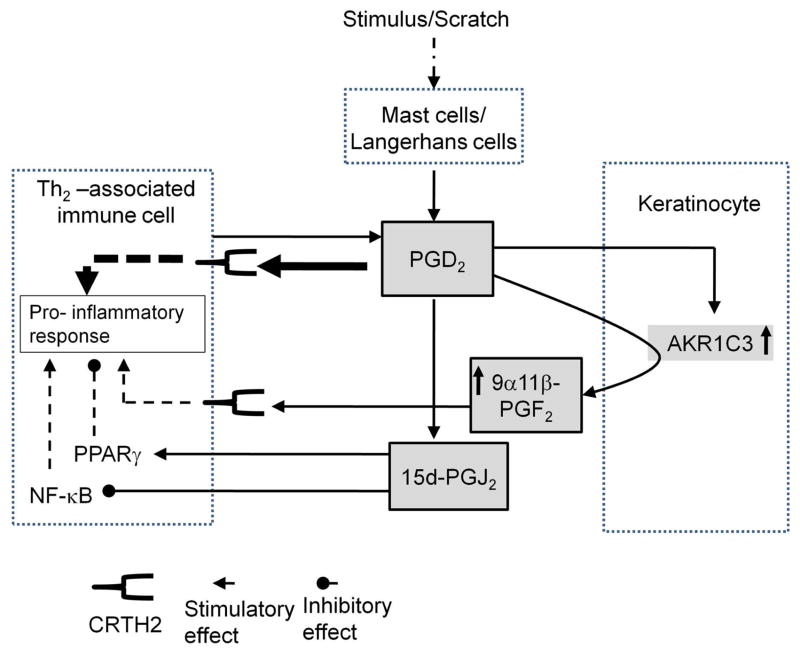Figure 6. A role for AKR1C3 in promoting inflammation in AD (a suggested model).
Pruritus-induced scratching causes mast cell degranulation and rapid PGD2 synthesis. PGD2 attracts CRTH2-expressing immune cells which in turn can amplify its signaling by synthesizing and secreting more of this prostaglandin. Keratinocytes respond to high levels of PGD2 by upregulating AKR1C3 expression and utilize this enzyme to metabolize PGD2 to 9α,11β-PGF2, a weaker but very stable pro-inflammatory mediator. This activity of AKR1C3 competes with the spontaneous conversion of PGD2 to 15d-PGJ2, an anti-inflammatory/pro-apoptotic mediator. Upregulation of 9α,11β-PGF2 synthesis along with decreased formation of 15d-PGJ2, an agonist for PPARγ and an inhibitor of NF-κB, potentially situates AKR1C3 as an indirect pro-inflammatory player in AD.

